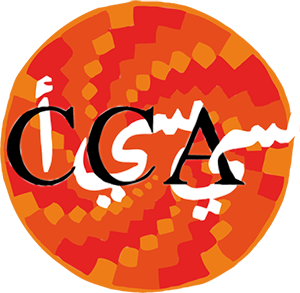About this publication
In: Roy, A. and Smith, P. (eds.), Archaeological conservation and its consequences: Preprints of the contributions to the Copenhagen congress, 26-30 August 1996. London: International Institute for Conservation, 1-5.
Archaeological sites are important for the messages that they convey from the past. Everything in archaeology must be devoted to the recovery, preservation, presentation and transmission of that message. Optimum results will be obtained when all professionals involved cooperate towards this common objective. This paper presents two cases of on-site conservation; frescoes of the 3rd century AD at Mamshit, Israel, and frescoes and mosaics of the 2nd century AD at San Paolino alla Regola, Rome. The first of these treatments was carried out many years after the excavation and represents an example of “maximum intervention-minimum efficiency”. In the second case study, collaboration between conservator and archaeologist from the beginning of the excavation made it possible to follow the principle of “minimum intervention-maximum efficiency”. Both the treatments presented used local materials similar to the originals. Preventive measures and maintenance programmes have been set up for future conservation.
Author(s): Albini, R., Costanzi Cobau, A. and Zizola, C.
Year Published: 1996
Language / Translations: English
